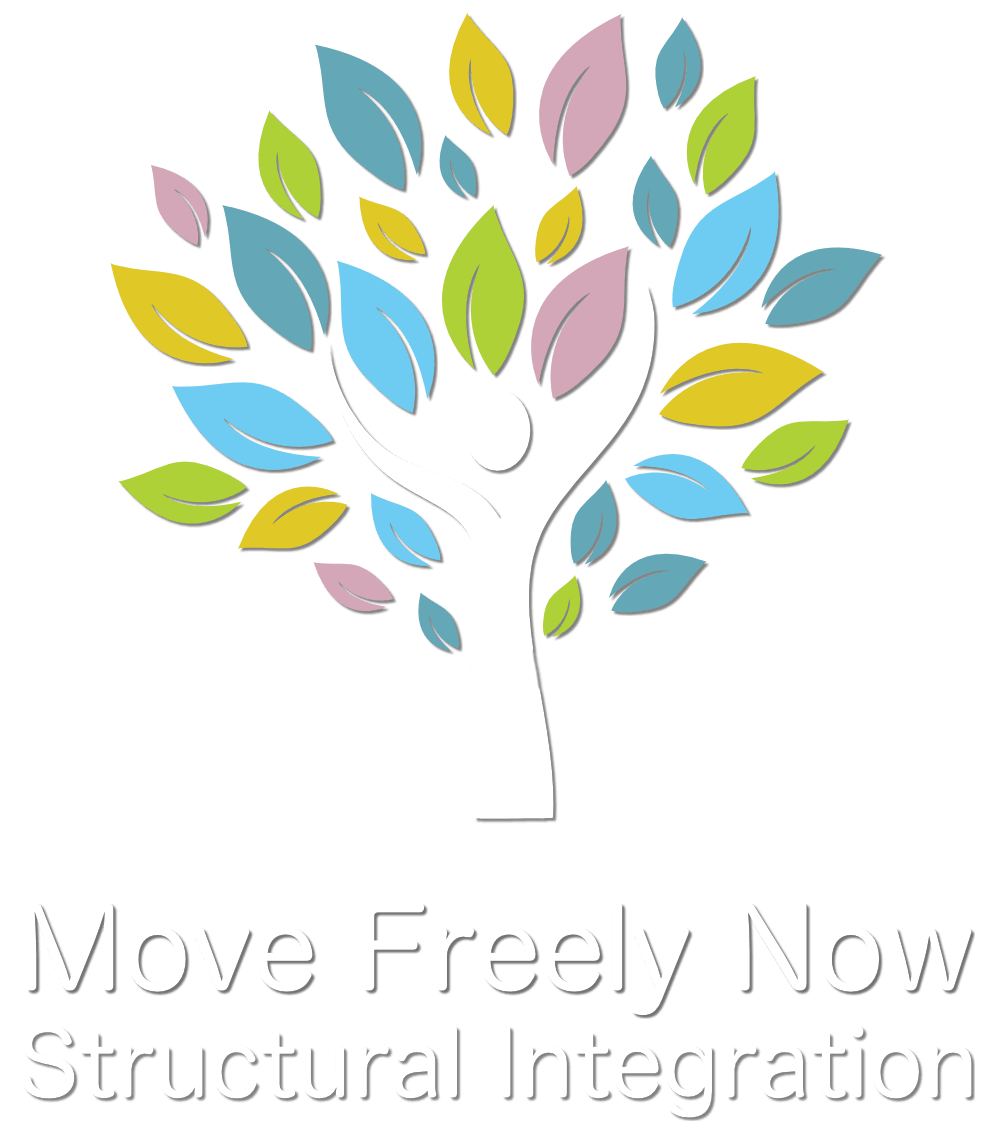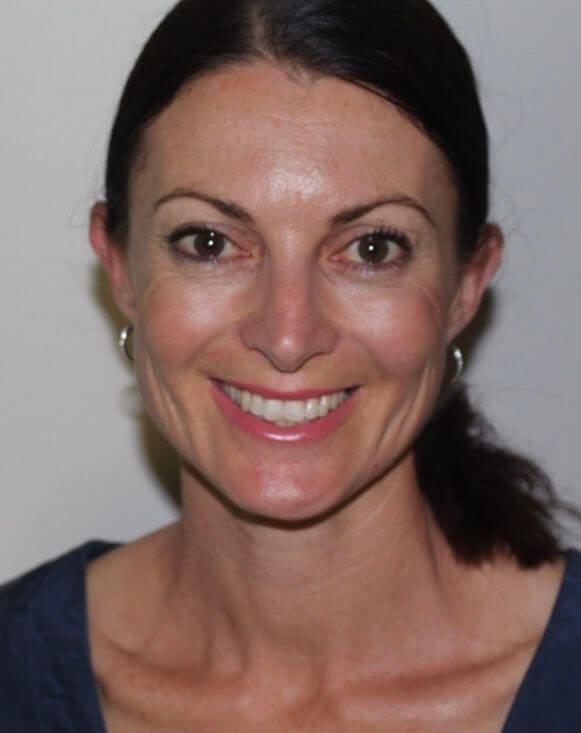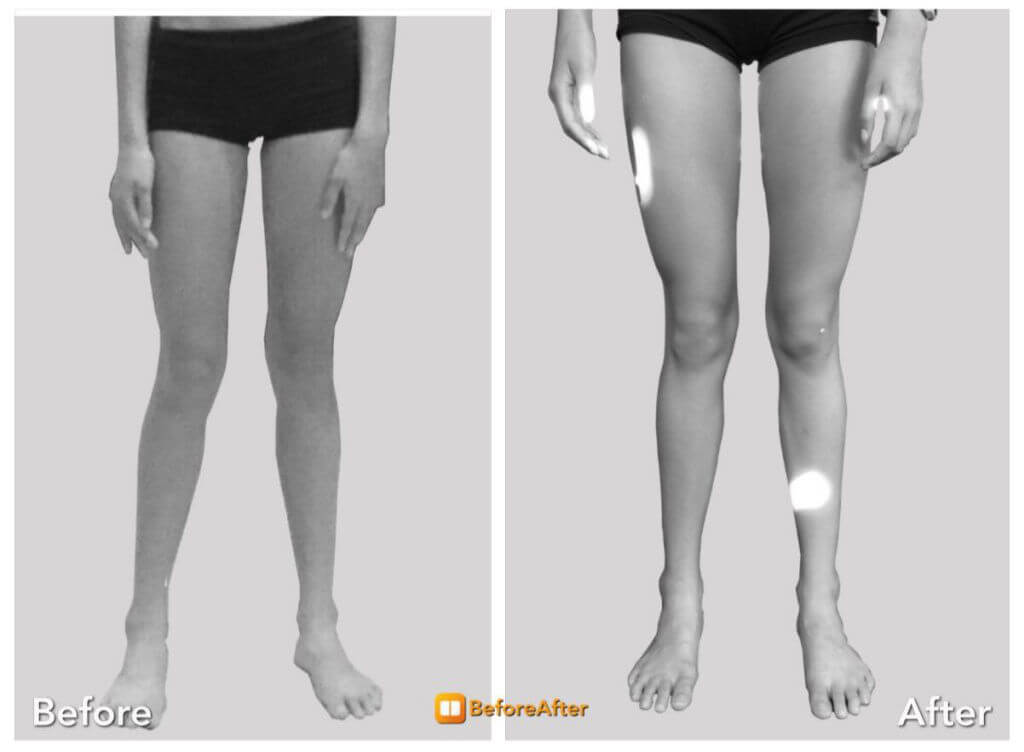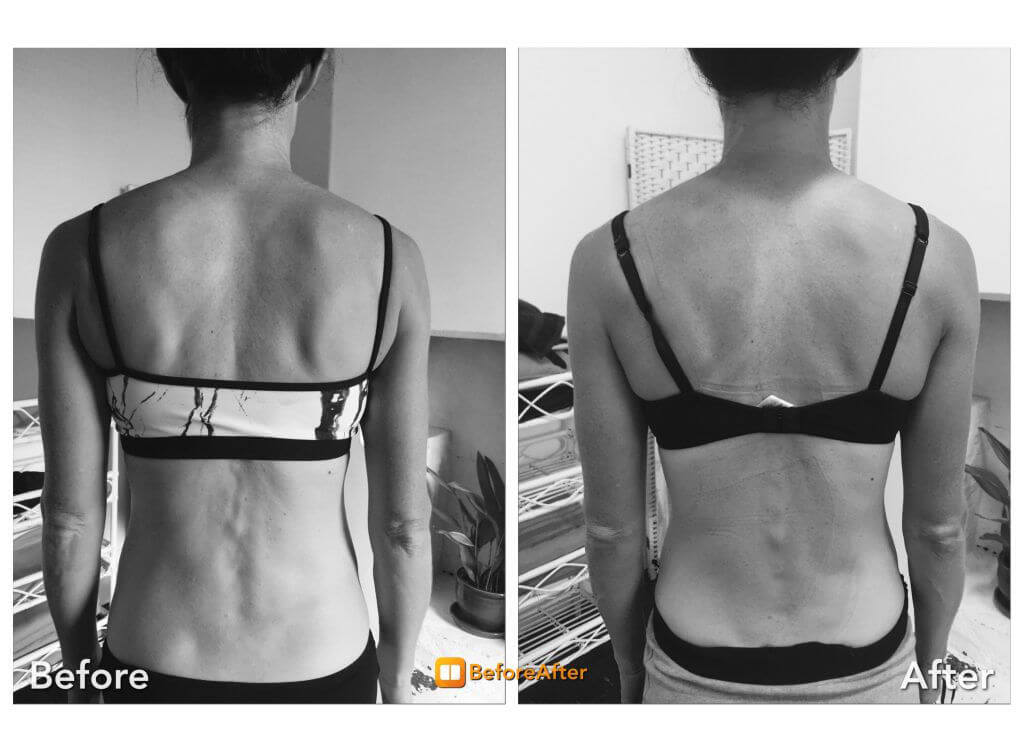About Monique Kenny
For 25 years I worked as an occupational therapist in rehabilitation providing services to elderly, adults and children. I was also working part-time as a pilates instructor specialising in reformer and floor based pilates education.
I was first drawn to Structural Integration in 2010 by my own experience after having an accident and thinking I had to live with pain and movement restrictions for the rest of my life. After receiving a Structural Integration series, I found not only a permanent relief in my pain, but such profound changes in my movement, posture and breath that I knew this experience would also benefit so many of my clients who were physically limited by various conditions.
In 2015, I started my training under Thomas Myers, Lou Benton and Julie Hammond of Anatomy Trains Structural Integration and since 2017 I have been practising in my own clinic “Move Freely Now” the work of Structural Integration and movement education. In 2018, I had the privilege of learning advanced techniques with Lou Benson, and additionally commenced the training in Neurovascular Release and Visceral Manipulation from Kier Schumacher and Alyssa Dodson that I have been able to incorporate into my clinical practice. I continue to advance my skills each year, by attending ongoing education that I incorporate into my practice.
What is Structural Integration
Structural integration (SI) is a process that helps an individual experience an optimal way of moving. Advanced bodywork techniques and movement education combine to release physical restrictions in the complex matrix of fascial tissue correcting imbalances in our unique structures while improving proprioception and movement availability.
Most people will experience Structural Integration through a defined series of 12 sessions of manual therapy. Each session builds upon the last enhancing organisation and adaptability in the myofascial system by correcting imbalances and easing restrictions within the neuro-myofascial meridians.
For Practitioners
Anatomy Trains Structural Integration (ATSI) is based on the pioneering work of Dr Ida P Rolf PhD who in turn developed her work (Rolfing Technique) primarily from osteopathy, Feldenkrais and Alexander Technique. ATSI chose to reconfigure her work over 12 sessions organised in terms of coherent myofascial chains.
Before & After
Who would benefit from Structural Integration
All types of people benefit from Structural Integration. Some come to ease chronic pain and stress, others are simply hoping to explore their movement potential. Babies and children can benefit by making them more aware of sensory information to improve their motor coordination.
Others come to improve their posture and range of motion. While some may come to address ongoing concerns related to faulty biomechanics leading to load issues causing inflammation.
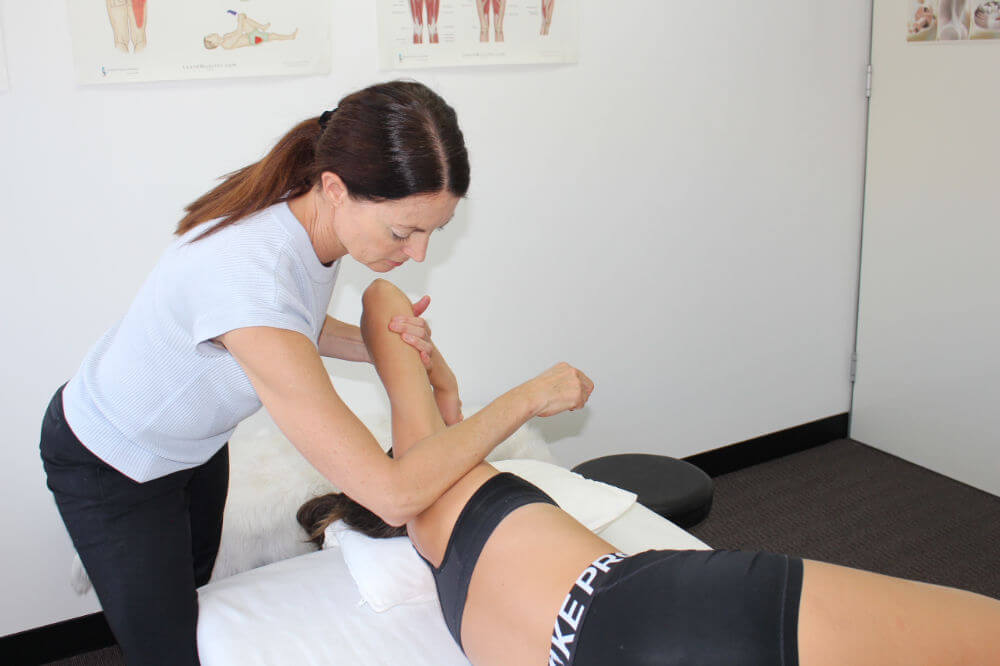
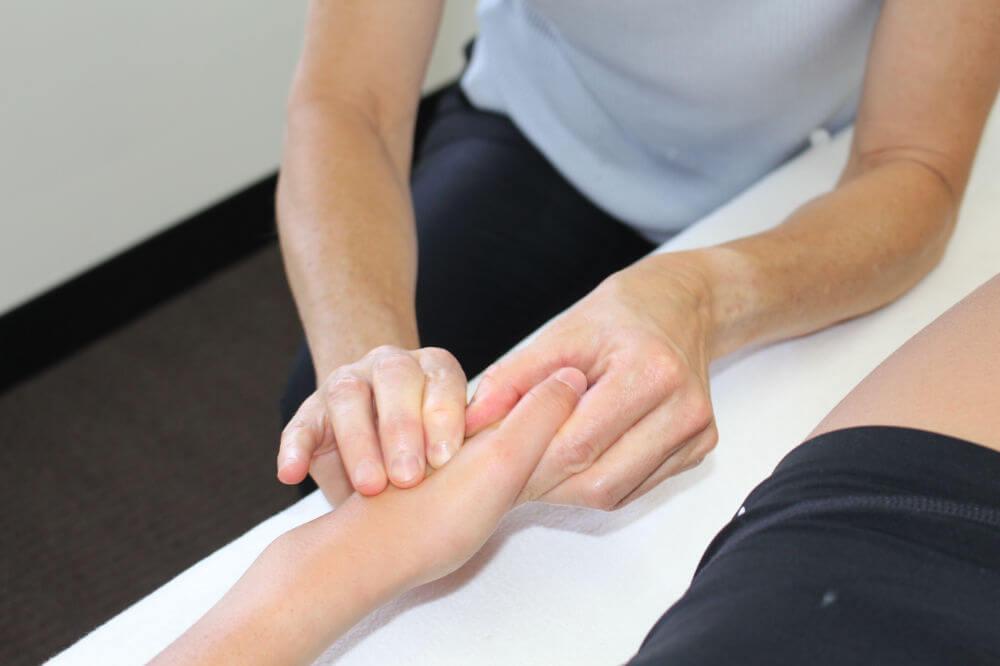
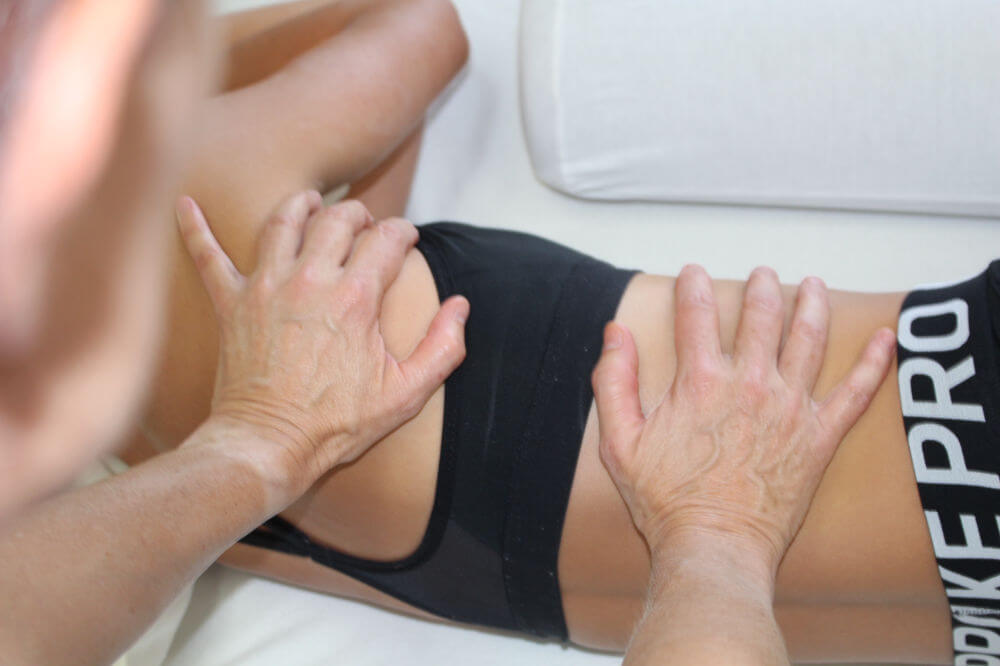
Services offered
1. ATSI Structural Integration
This is a 12-session protocol that systematically addresses your body as a whole, with each session building upon the previous. It consists of deep slow myofascial manipulation which encourages freeing and repositioning of the myofascial fabric.
We will also explore movement availability so the new alignment becomes part of who you are, rather than something you have to work on.
Sessions 1-4 (Superficial Sessions)
Addressing the superficial planes of the body so you can feel freedom of movement.
Sessions 5-8 (Core sessions)
Opening the deeper structures of the breathing and pelvic diaphragms.
Sessions 9-12 (Integration sessions)
Ensuring all the myofascial meridians are balanced and the structural changes become part of our movement.
Time: 90 minutes per session
2. Head Neck and Shoulder
This is a 75 minute session specifically designed to free up the shoulder girdle and relieve the weight of the neck. It is specifically designed for those people who hold tension around the shoulders and neck and struggle to raise their arms comfortably above their head.
Time: 75 minutes per session
3. Myofascial Bodywork Session
The blending of guided movement with various soft tissue protocols to address faulty movement mechanics and adhesions. If you are new and would like to try a body work session, we will take a thorough history of medical and injuries and plan a session around relieving the pain and discomfort.
Time: 75 minutes per session
4. Intra oral and Nasal Session
This is normally recommended to be completed within the 12 session ATSI structural integration protocol. However, a single session may benefit those who are experiencing the following:
- Frequent headaches associated with tight skull and jaw muscles
- Inability to open the mouth wide without pain
- Difficulty breathing through the nose especially when asleep or relaxing
- Clenching the jaw
The intent for this work is to balance the mandible on the temporal bones, open and balance the facial bones and cranium and bring length to the muscles of the neck.
Time: 90 minutes per session
5. Children and Teens
Young tissue changes quickly and young bodies often need just a nudge in the right direction. A little structural bodywork can go a long way to easing the path of development helping your child to feel more agile, strong and confident as they mature into their teenage bodies.
The number of sessions will depend on your child’s age, and health challenges. At most I will recommend between 2-4 sessions and then a follow-up 12-18 months later.
Time: 60 minutes per session
6. Scar Work
Although scars are permanent, they are living tissues that can respond to non-invasive treatments to improve scar colour, height, stretchiness, flexibility texture and sensation.
What happens during a session
Initially we will undertake a full medical history and functional and postural assessments.
We also encourage communication between health professionals to ensure cautions and contraindications are discussed and approved. Most of the session is spent working on the table or stool, however frequently during the session I may have you stand and walk and ask you about changes in sensation and postural awareness. Movement is also very important part of structural integration and I will be asking for different movements throughout the session.
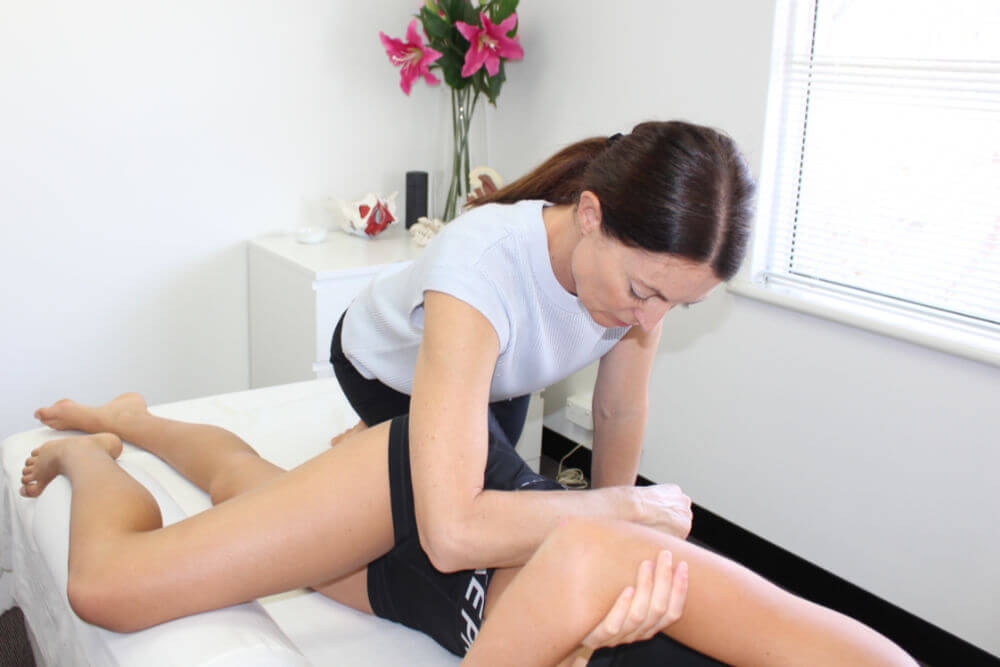

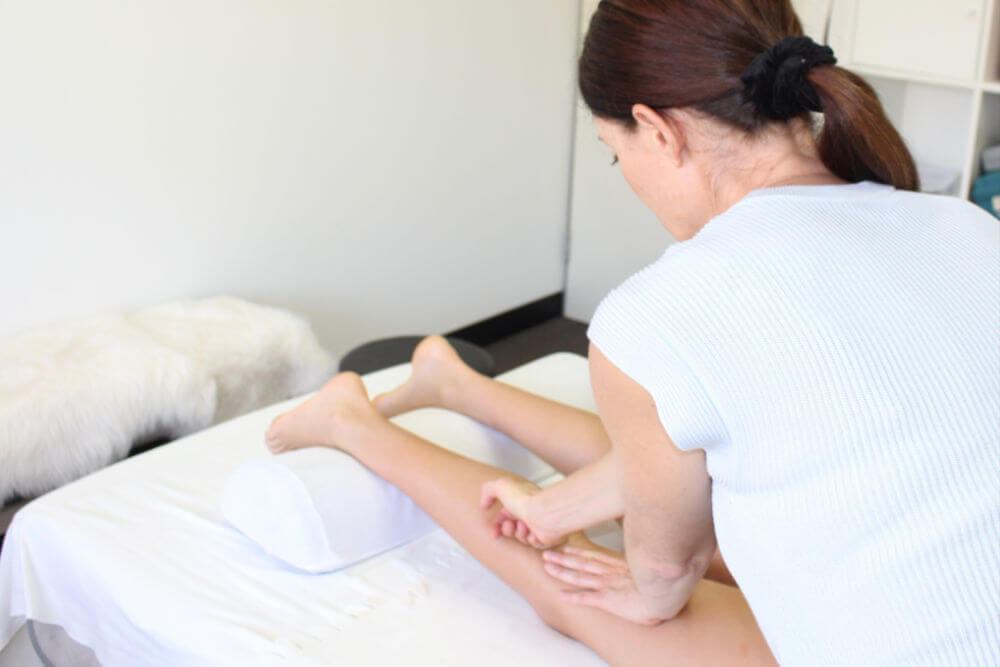
What to wear
It is important to wear something you are comfortable to walk around in, yet I will need to be able to see your structure and directly touch your skin. The traditional attire for each session is simply underwear.
Loose running shorts can also be a great alternative to underwear. For women, a stretchy tank or strapless tube can also work well so the fabric can easily be shifted to access your torso.
Consultation Fee
$180 per 90-minute session
All services are non-rebatable.
Payments via cash/ bank transfer.


